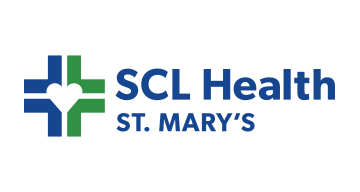

Infusion centers are at the frontlines of modern cancer care—yet most operate under outdated scheduling models that cannot withstand the unpredictability of daily patient volumes, pharmacy delays, and workforce variability. The result is all too familiar: long wait times, frustrated staff, and patients in limbo. As demand grows and staffing remains constrained, simply working harder is no longer sustainable. Leading health systems are shifting from static, chair-based scheduling to intelligent, data-driven optimization strategies that balance patient care with operational resilience.
In this keynote session, Mohan Giridharadas, Founder and CEO of LeanTaaS, and Ashley Joseph, Head of Infusion at LeanTaaS, reveal how a workforce-centric approach to infusion scheduling—powered by sophisticated mathematical modeling and AI—is transforming outcomes at scale. Drawing on data from over 800 infusion centers and 16,000 chairs, attendees will explore how top-performing centers are:
With the equivalent of “air traffic control for infusion centers,” iQueue enables health systems to replace cardboard-roof scheduling with a Ferrari-grade operating model—resilient to shocks, tailored to reality, and proven to drive measurable ROI. This session offers an evidence-based blueprint for health systems to achieve infusion excellence—no matter the storm.








Take the first step towards unlocking capacity, generating ROI, and increasing patient access.